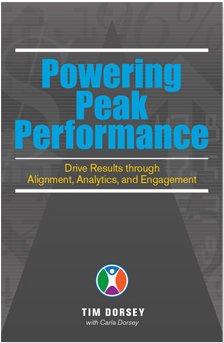Due to incessant hacker interference, regretfully the online aspect of this bookstore is now disabled.
To place an order email sales@InformingSciencePress.com.
Include in your email the following:
which book you wish to purchase,
the quantity, and
the shipping address.
We will return your email with the price and how to make the payment if you choose to order.
Discount of 30% on orders of $200 or more.


$17.95 $24.95